What is Europe doing to promote walking?
Reorienting the focus of mobility planning towards active modes is one of the pillars in archieving sustainability in urban transportation systems.
The European Green Deal emphasizes the need to reduce 90% of Greenhouse Gas emissions from the transport sector by 2050. This calls for a systemic shift in mobility chains, grounded in more sustainable modal alternatives and a transition toward a multimodal transport system.
Similarly, the European Union’s New Framework for Urban Mobility advocates for a transition to safe, accessible, inclusive, intelligent, resilient and emissions-free urban mobility. This transition is based on active and shared mobility solutions with low or zero emissions.
During the COVID-19 pandemic, the importance of active mobility became evident as a key element in mitigating risk factors for chronic diseases in Europe. It significantly contributes to overall health improvement and enhances resilience against future pandemic events.
In this context, the World Health Organization launched the Global Action Plan on Physical Activity: “More active people for a healthier world”. The goal is to reduce physical inactivity by 15% by 2030, employing a multidisciplinary approach where active mobility plays a crucial role.
The Nacional Walking Strategy aims to strengthen the commitment to walking for commuting, school, leisure purposes and physical activity promotion. As an ambition, it seeks to transform Portugal’s mobility culture, supporting decarbonization, improving public health, and creating territories conducive to close social relationships and inclusivity.
The National Walking Strategy reflects and aligns with various international and national policy instruments related to mobility, environment and energy. This include:
International scope
- Convention on the Rights of Persons with Disabilities;
- Paris Agreement;
- UN 2030 Agenda | Sustainable Development Goals;
- European Green Deal 2050;
- Sustainable and Smart Mobility Strategy EU2050;
- New European Bauhaus: beautiful | sustainable | together;
- European Urban Mobility Framework;
- Glasgow Climate Pact;
- Vienna Declaration: Transforming to clean, safe, healthy and inclusive mobility and transport for happiness and prosperity for all;
- Transport, Health and Environment Pan-European Program (THE PEP) — Pan-European Master Plan for Cycling Promotion;
- EU Energy Saving Plan.
National scope (most of documents are in Portuguese language)
- Mobility Package;
- Sustainable Cities 2020;
- National Strategy for Climate Change Adaptation (ENAAC 2020);
- National Strategy for Physical Activity, Health and Well-Being 2016-2025 (ENPAF);
- National Air Strategy (ENAR 2020);
- National Environmental Education Strategy (ENEA 2020);
- Circular Economy Action Plan 2017-2020 (PAEC);
- Pedestrian Protection and Accidents Prevention Program 2018-2020 (PPPCA);
- National Spatial Planning Policy Program 2019-2030 (PNPOT);
- Roadmap to Carbon Neutrality 2050 (RNC 2050);
- National Energy and Climate Plan 2030 (PNEC 2030);
- National Investment Program 2030 (PNI);
- National Strategy for Inclusion of People with Disabilities 2021-2025 (ENIPD);
- Universal Support System for Active Living (SUAVA) — Recovery and Resilience Plan (PRR) — Investment RE-C01-i09;
- National Sports Program for All;
- National Road Safety Strategy 2021-2030 — Vision Zero 2030 (ENSR).
Portugal
In Portugal, individual motorized transport remains the primary mode of transportation, with an increases of approximately 20% per decade between 2001 and 2021. These data are derived from the Census, conducted every 10 years, where respondents are asked about their main mode of transportation. However, this survey only considers daily commuting between the place of residence and workplaces or educational institutions, excluding any walking trips before or after the primary motorized leg of the journey.
The 2021 Census data reveal that 51,7% of the commuting movements of the employed population last up to 15 minutes, 30,4% take between 16 and 30 minutes, 14% between 31 and 60 minutes, and 3,9% take more than an hour. Among the student population, 59,7% make a journey lasting up to 15 minutes, 28% take between 16 and 30 minutes, 9,1% between 31 and 60 minutes, and 3,3% take more than an hour.
Macrospatial analysis highlights a coastal-interior dichotomy, with longer travel times along the coast. Factors contributing to this disparity include congestion, urban expansion and increased distance between residential areas and worksplaces or other activities centers.
Short-distance trips are most amenable to active modes of transportation, particulary walking, which offers clear advantages over motorized transport in terms of competitiveness.
Reversing this trend should be a national priority, emphasizing the need to enhance conditions for walking as a viable mobility option.



